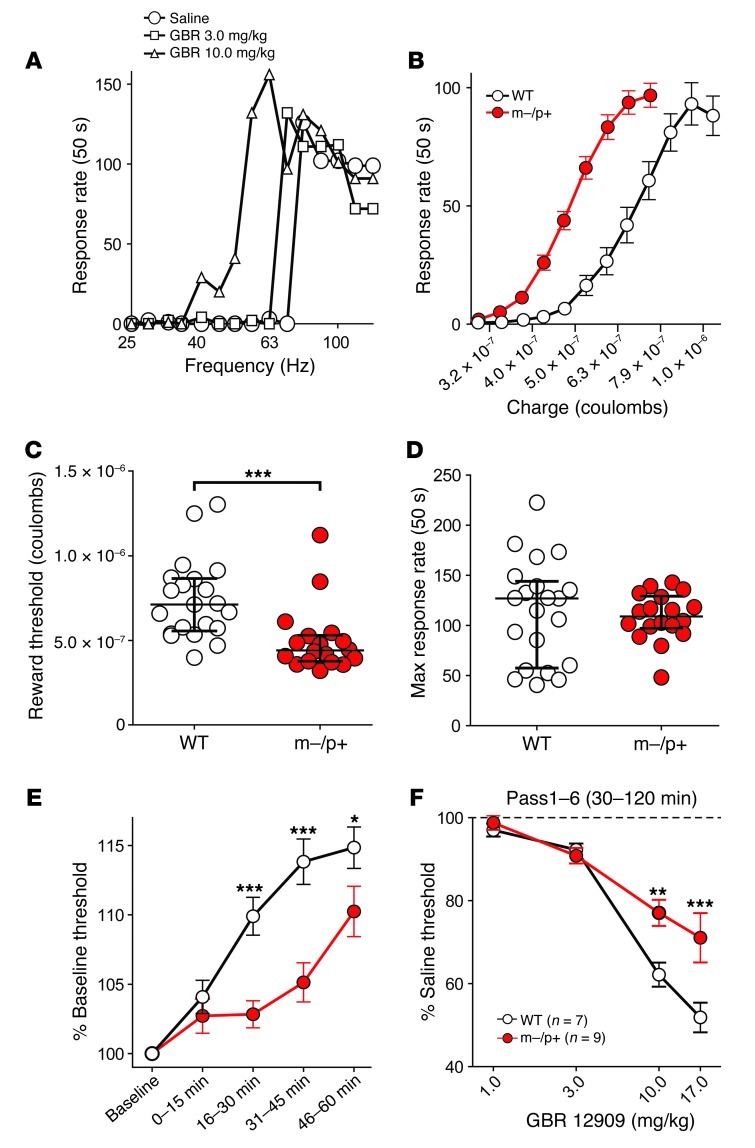Figure 1. Ube3am–/p+ mice are more sensitive to BSR but less sensitive to dopaminergic potentiation of BSR.
(A) Representative ICSS rate-frequency curves in a WT mouse. Injection (i.p.) of the DAT antagonist GBR 12909 dose-dependently increases responding for rewarding electrical current at lower stimulus frequencies. (B) Rate-frequency curves expressed as charge (Q) delivery at each frequency (Hz) from Ube3am–/p+ mice are shifted to the left compared with those of WT littermates. (C) Ube3am–/p+ mice require significantly less (***P < 0.001) charge to evoke the same degree of responding as WT mice at reward threshold frequencies (EF50). (D) The maximum rate of operant responding for rewarding brain stimulation is comparable between genotypes (P > 0.05). (E) Ube3am–/p+ mice maintain a lower reward threshold over time (16–30 minutes, ***P < 0.001; 31–45 minutes, ***P < 0.001; 46–60 minutes, *P = 0.026). (F) WT mice exhibit greater potentiation of rewarding brain stimulation expressed as lower reward thresholds than Ube3am–/p+ mice following 10.0 mg/kg (**P = 0.002) and 17.0 mg/kg (***P < 0.001) GBR 12909 (i.p.). Error bars indicate ± SEM in B, E, and F and the median and interquartile ranges in C and D.

